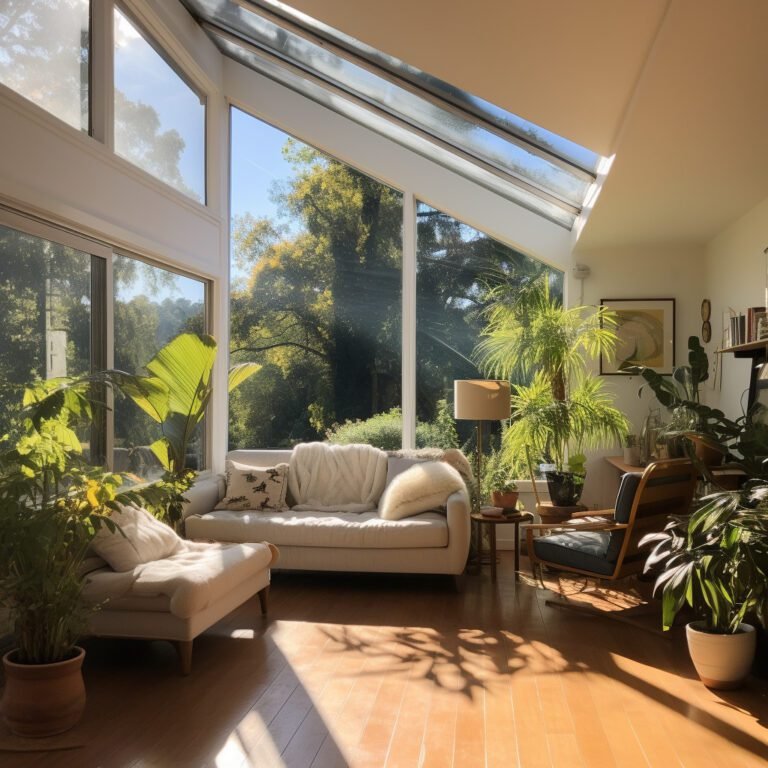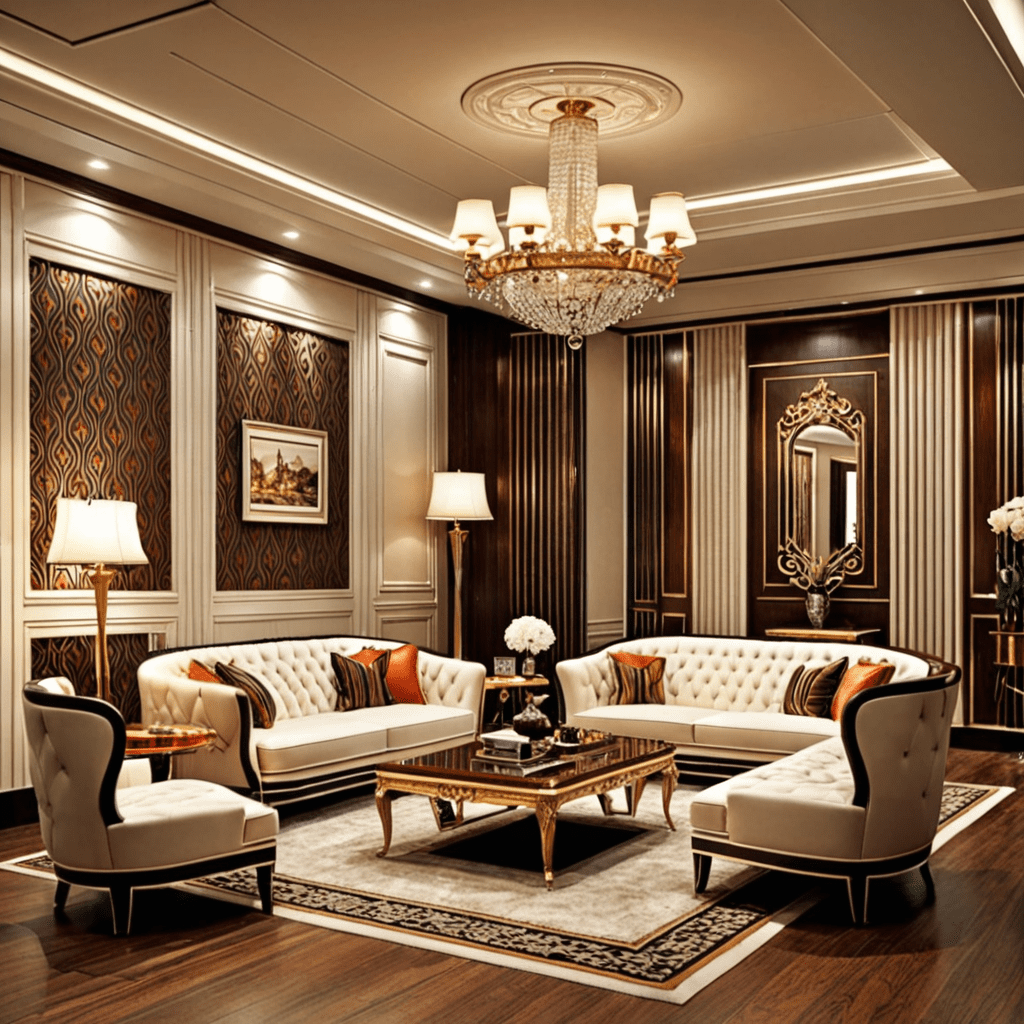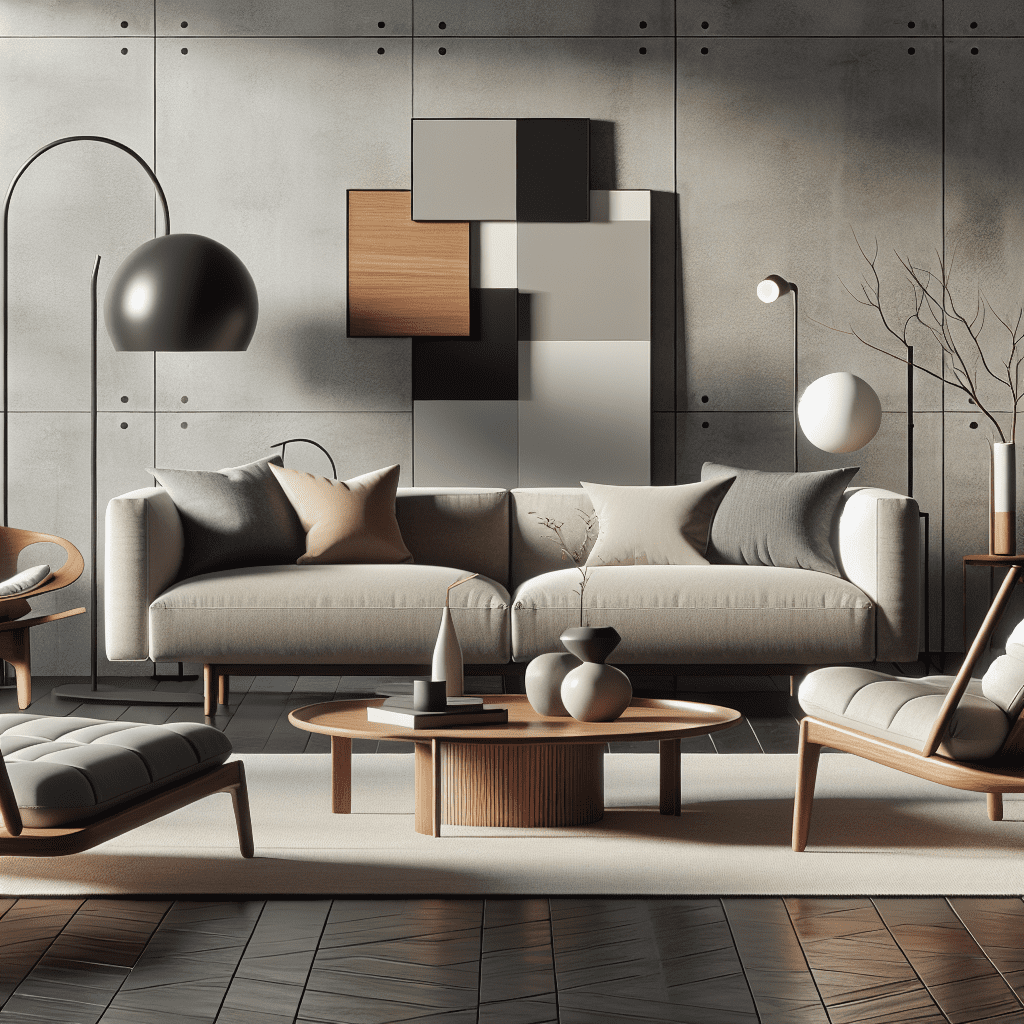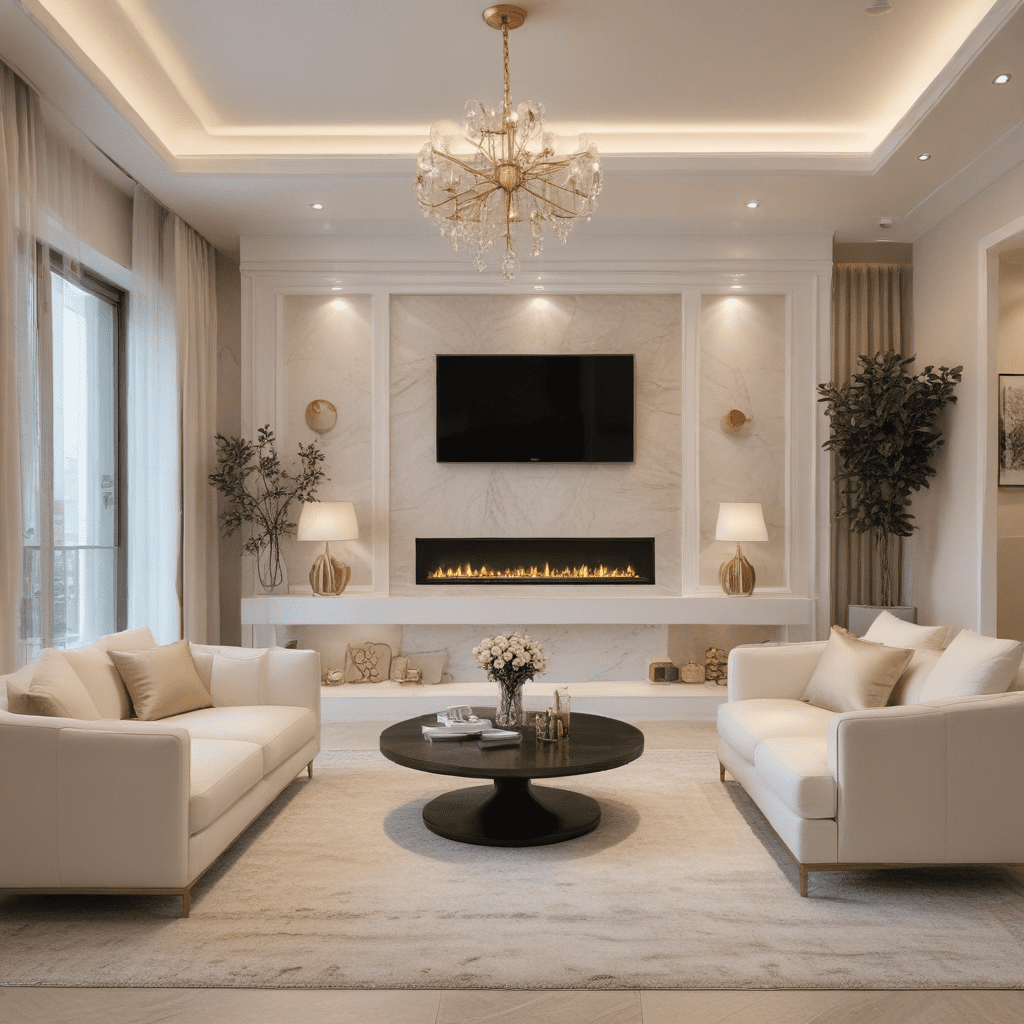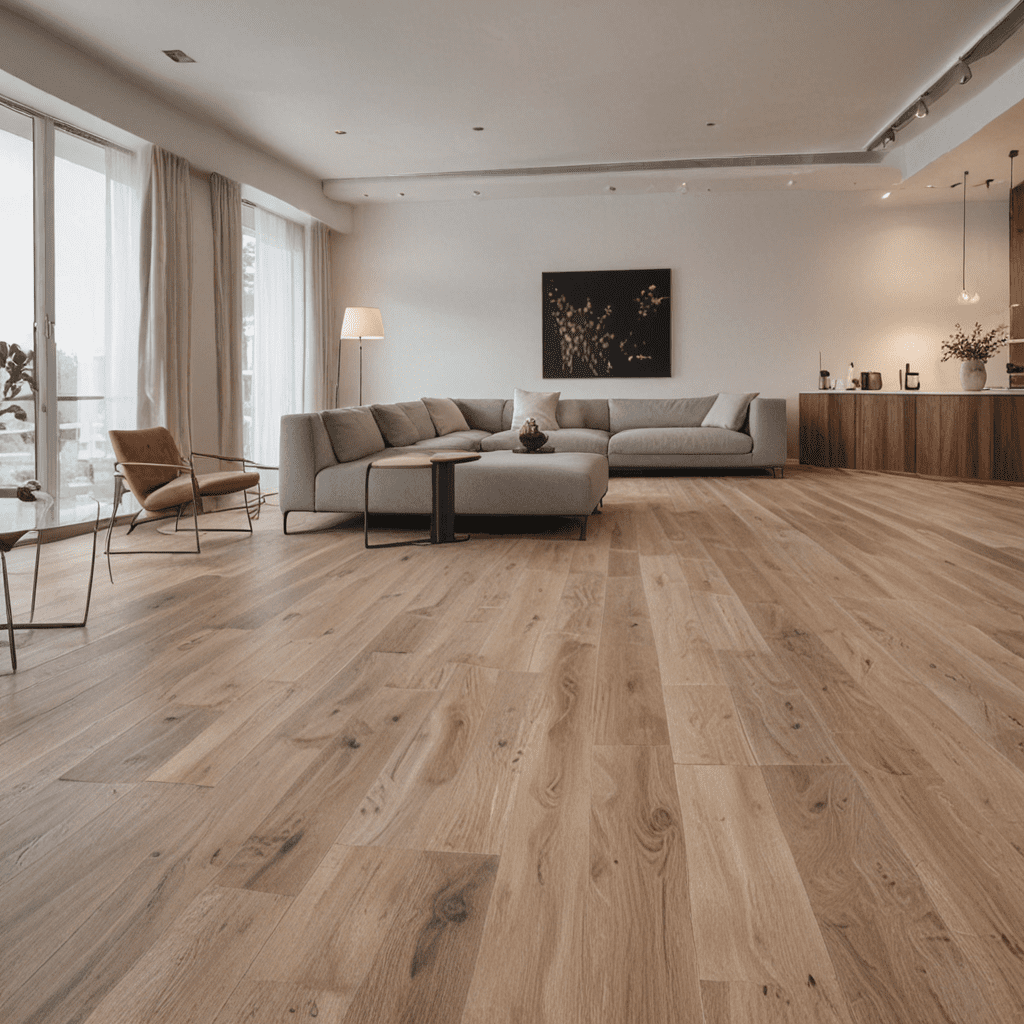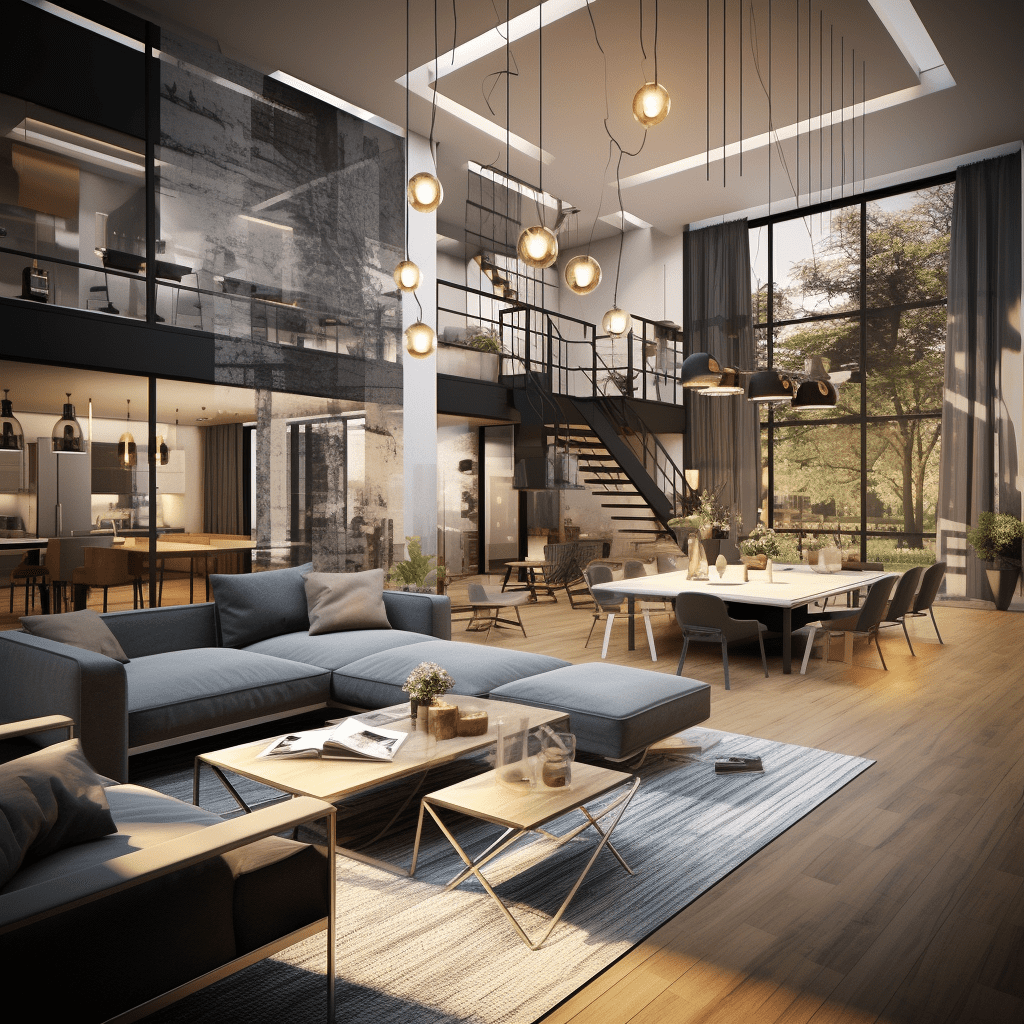Textured Wall Finishes: How to Add Texture to Your Walls


Textured Wall Finishes: How to Add Texture to Your Walls
When it comes to creating a space that’s not only comfortable to live in but also aesthetically pleasing, the magic often lies within the details of interior design. One such detail that can dramatically alter the ambiance of a room is the application of textured wall finishes. These creative flourishes not only infuse personality into your living environment but can also conceal imperfections and add layers of visual interest. Discover how textured wall finishes can revolutionize the look and feel of your interiors.
Introduction
Imagine walking into a room and being greeted by walls that whisper stories of depth, character, and history. This is the transformative power of textured wall finishes – they can change the narrative of a space from mundane to extraordinary. More than just a backdrop, these finishes serve as the unsung heroes in the world of interior design, elevating the mundane to a canvas of creativity and style. The impact of well-designed interiors on our daily lives is profound, affecting not just the aesthetic appeal but also the ambiance and functionality of our living spaces.
Key Elements of Textured Wall Finishes
To harness the allure of textured walls, it’s crucial to consider various interior design elements that work in concert with them. Here are some key aspects to keep in mind:
Element 1: Color Palettes
Selecting the right color palette is essential in complementing your textured wall finishes. Colors can set the mood, ranging from soothing neutrals to bold and vibrant hues. When paired with texture, color can enhance depth and shadow, creating a more dynamic visual experience.
Element 2: Lighting
Lighting plays a crucial role in showcasing textured walls. Whether it’s natural light streaming in through windows or strategically placed artificial lighting, the interplay between light and texture can amplify the wall’s features, creating an inviting atmosphere.
Element 3: Furniture Arrangement
The arrangement of furniture should be such that it accentuates the textured walls. Opt for pieces that resonate with the style and scale of the texture, ensuring they complement rather than overwhelm the design.
Element 4: Accessories and Decor
Accessories and decor items provide the finishing touches to textured walls. Artwork, mirrors, and decorative items can enhance the textures, while also tying the room’s theme together.
Tips for Textured Wall Finishes
Creating the perfect textured wall finish involves more than choosing the right texture. Here are some practical tips to ensure your walls stand out for all the right reasons:
- Consider Room Size and Function
- Textured finishes should be appropriate for the room’s size and purpose. In smaller spaces, subtle textures can add interest without making the room feel cramped.
- Balance with Smooth Surfaces
- To avoid overwhelming a room, balance textured walls with smooth surfaces elsewhere. This contrast creates a pleasing visual rhythm within the space.
- Select the Right Materials
- The materials used for textured finishes, such as plaster, stone, or wood, should align with the overall design aesthetic of the home. Each material offers a unique feel and durability, so choose wisely.
- Hire a Professional
- For intricate textures, it’s often best to hire a professional with the skills and tools to achieve a high-quality finish. This ensures that the end result is both beautiful and enduring.
- Maintenance and Upkeep
- Understand the maintenance required for your chosen texture. Some finishes may need regular care to preserve their look, while others might be more forgiving.
FAQ about Textured Wall Finishes
Question 1: How do textured wall finishes impact the perception of space within a room?
– Answer: Textured wall finishes can influence the perception of space by either expanding or contracting the visual field. Textures with horizontal lines can make a room appear wider, while vertical textures give the illusion of higher ceilings. The depth and shadows created can also make a space feel more dynamic and alive.
Question 2: Can textured walls fit in with any design style?
– Answer: Yes, textured walls are versatile and can complement a wide range of design styles. Whether your home is modern, rustic, or traditional, there’s a textured finish that can enhance your decor. It’s all about selecting a texture that resonates with the overarching theme and feel of your space.
Question 3: Is it possible to apply textured finishes to only part of a wall?
– Answer: Absolutely. Applying textured finishes to specific areas can create focal points or accent walls. This technique can highlight architectural features, artwork, or any other element you wish to draw attention to.
Question 4: How do I choose the right color for my textured wall?
– Answer: When choosing a color for your textured wall, consider the room’s existing color scheme, lighting, and the emotional effect you want to achieve. Lighter colors can help make a small room feel larger, while darker shades can add coziness and drama.
Question 5: What are the latest trends in textured wall finishes?
– Answer: Recent trends in textured wall finishes lean towards natural materials and eco-friendly options. There’s an increasing interest in organic textures like clay, lime washes, and sustainable woods. These materials not only bring a touch of nature indoors but also promote a healthier living environment.
Textured wall finishes offer endless possibilities to infuse personality and depth into your home. By considering the key elements of interior design and following practical tips, you can create walls that are not just surfaces, but stories. Remember to consider the latest trends and incorporate them into your design for a space that’s both modern and timeless.
